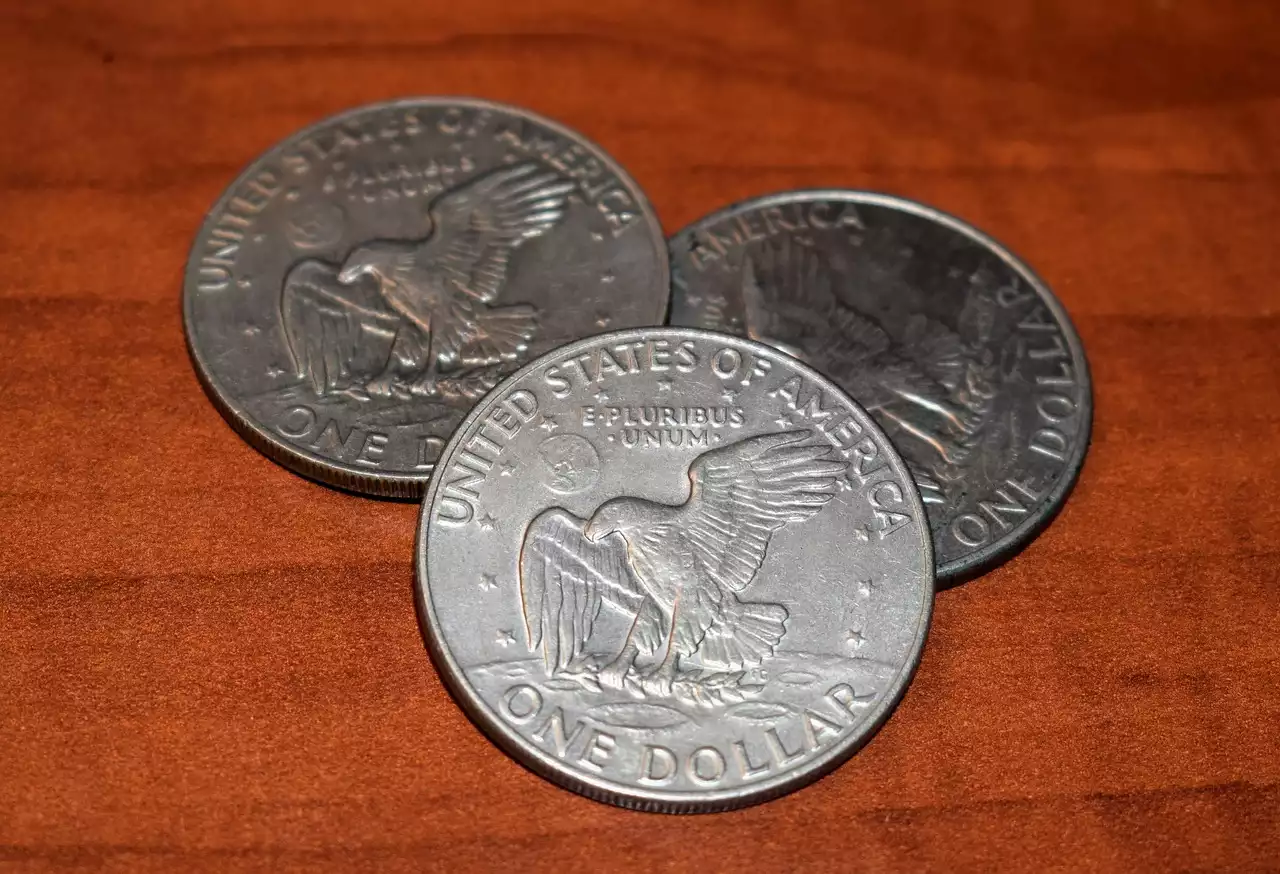What is preferred stock?
Preferred stock is a type of equity security, which is a claim to a portion of a company’s assets and earnings. Preferred stock has a priority claim over common stock concerning receiving dividends in the event of liquidation of the company. The two key terms to understand when looking at preferred stock are “preferred” and “stock.” The “preferred” refers to the fact that the holders of preferred stock are entitled to a fixed dividend before common stockholders receive any dividends. The “stock” part refers to the fact that the preferred stock is represented by certificates just like common stock. Preferred stock is also known as “preferred shares.” However, preferred stocks and preferred shares are different. Preferred stocks are common stocks that have been converted into preferred shares. Thus, preferred stock is a type of preferred share.
Benefits of investing in preferred stock
- Guaranteed income stream: Preferred stock yields a steady stream of income, and in the event of bankruptcy, the holders of the preferred stock will be paid before the holders of common stock. This makes the preferred stock a great investment for conservative investors who want a reliable income stream.
- Less risky than common stock: Investing in preferred stock is less risky than investing in common stock, making it a great way to diversify a portfolio.
- Liquidity: Preferred stock is more liquid than common stock, allowing investors to access their funds quickly and easily.
Types of preferred stock
- Dividend-paying preferred stock: This is the most common type of preferred stock. It pays a fixed dividend that is specified in the contract between the issuer and the investor.
- Non-dividend-paying preferred stock: This type of preferred stock does not pay a dividend. Instead, it allows the investor to earn interest by lending money to the company.
- Puttable preferred stock: An investor cannot receive dividends until the company repays the preferred stock with interest. When the company repays the preferred stock, the investor has the right to sell his shares at the original price.
- Convertible preferred stock: This type of preferred stock can be exchanged for common stock at a specified price. It functions as a combination of preferred stock and a bond, providing a steady income stream while also providing the opportunity to quickly convert to common stock.
Risks associated with preferred stock
- Lack of voting power: Unlike common stock, preferred stock does not entitle the holder to voting rights, which means it is difficult to influence company decisions or change management.
- Default risk: If the company gets into financial trouble and cannot pay the preferred stockholders, there is a risk that they will not receive the dividends that are due to them.
- No equity upside: Although the preferred stock is less risky than common stock, there is no upside in terms of price. In other words, the price of preferred stock will not increase during bull markets the way common stock prices do.
How to determine which preferred stock to invest in
- Expected yield: This can help you determine if the preferred stock is worth investing in. The expected yield is the amount an investor can expect to make from security if it is held to maturity. The expected yield is calculated as the security’s current price multiplied by its expected annual dividend.
- Company strength: It is important to choose a company that has a strong balance sheet and is growing to ensure a reliable income stream. You can check a company’s credit rating, read the annual report, and review the financial statements to determine financial strength.
Analyzing financial statements to choose preferred stock
- Debt-to-equity ratio: The debt-to-equity ratio measures the amount of debt a company has compared with its equity. A high debt-to-equity ratio could indicate that the company is taking on too much debt. However, it could also indicate that the company is investing in projects that will provide high returns.
- Current ratio: The current ratio measures a company’s liquidity by calculating the number of current assets compared with the number of current liabilities. A company with a high current ratio is better able to pay its short-term liabilities.
Preferred stock investment opportunities
- Utility stocks: Utility stocks provide a steady income stream and are considered low risk. Companies in the utility sector are known for providing reliable service to their customers and are good long-term investments.
- REITs: REITs are another type of low-risk investment that is backed by real estate. REITs are attractive for their high dividend yields and the fact that they are not tied to the performance of a particular market.
- Government bonds: Government bonds are a stable and reliable source of income.
Tax implications of preferred stock investments
- Dividend taxes: Dividends from preferred stock are taxed as ordinary income, not as capital gains.
- Capital gains taxes: When you sell your shares, the profits are taxed as capital gains. However, if you have held the shares for more than one year, the profits are taxed at a lower rate than if you had held the shares for less than one year. Preferred stock is a hybrid of common stock, providing both debt and equity characteristics, and is known for providing a steady stream of income. Unlike common stock, it does not entitle the holder to voting rights, but it does offer the holder a fixed dividend, making it attractive to those who are looking for a reliable return on their investment.









